[Translated][MISSION] Visual memory 72 years after the armistice: Childhood during and after the Korean War
2025-07-24July 27th marks the signing of the armistice that ended the Korean War in 1953, a conflict that affected more than two million civilians and divided the Korean peninsula. Although the ceasefire halted direct and immediate violence, the wounds left by the war, especially among civilians, became scars that persist even years after the truce.
Among those who suffered most from the ravages of war were children, whose experiences are rarely addressed directly in history books. In this context, the Seoul Museum of History's online exhibition "Innocence of Childhood" offers another perspective on the war and its lingering effects, through the lens of five photographers: Lim In Sik, Jeon Beom Tae, Han Young Soo, Hong Soon Tae, and Hwang Heon Man. The exhibition was open to the public from April 4 to June 30, 2024. However, it can still be accessed through the museum's website: https://museum.seoul.go.kr//eng/index.do
The photographs were taken between 1950 and 1970, and focus on portraying the daily lives of children in a country marked by war and its aftermath. The museum's galleries are divided into five areas, each centered on a photographer. The website's interface is easy to navigate, allowing users to view content in both Korean and English language. It has side panels that function as a map and index of the exhibition area.
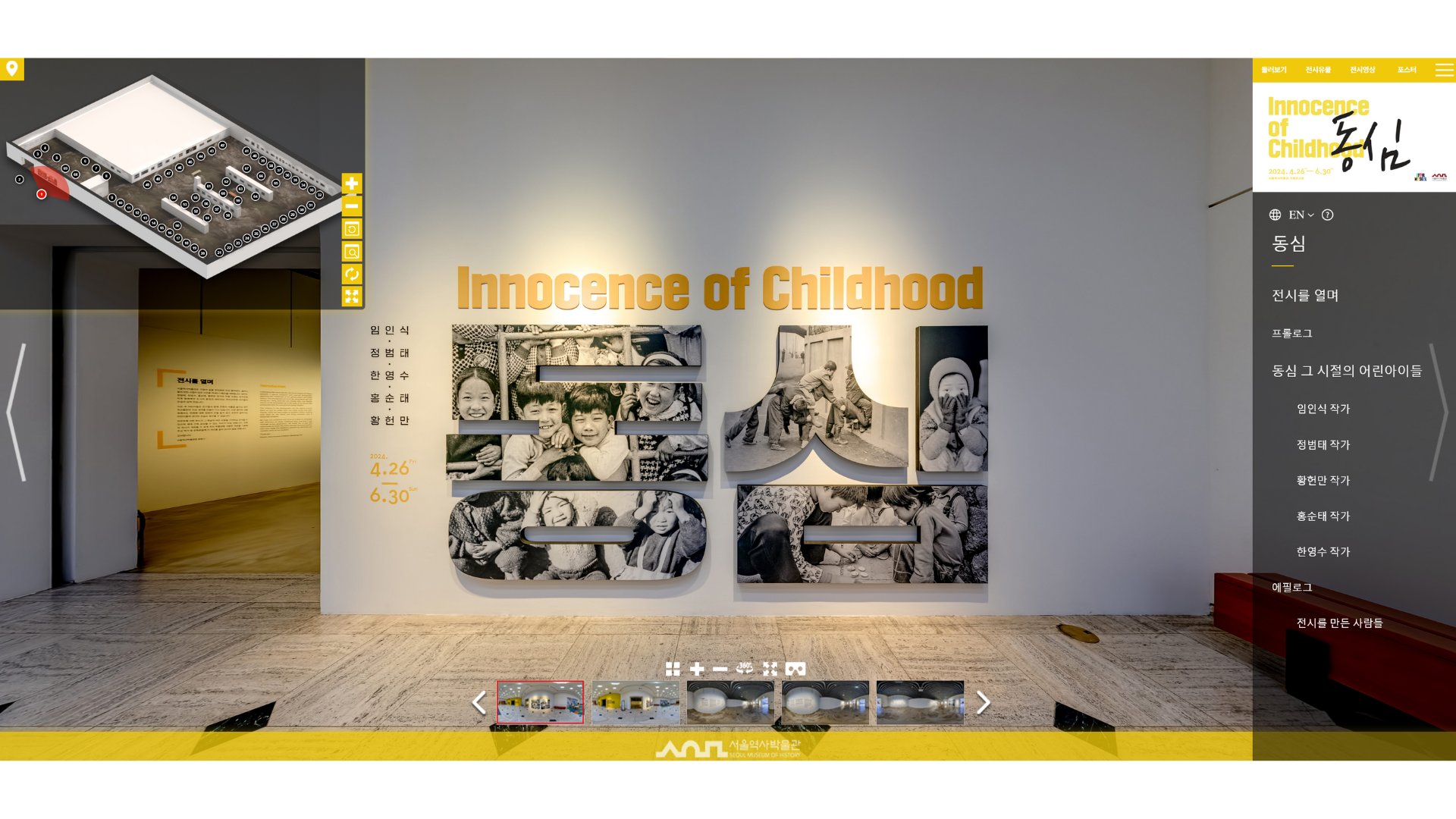
The exhibition begins with the photographs of Lim In Sik (임인식, 1920–1998), a photographer who documented the situation through his camera lens while working as a war correspondent. His work focuses on the children's school life, depicting moments during their time at school, drawing, or playing jump rope in the playground. In this sense, Lim In Sik's photographs offer a documentary style perspective on what children were doing in those years.
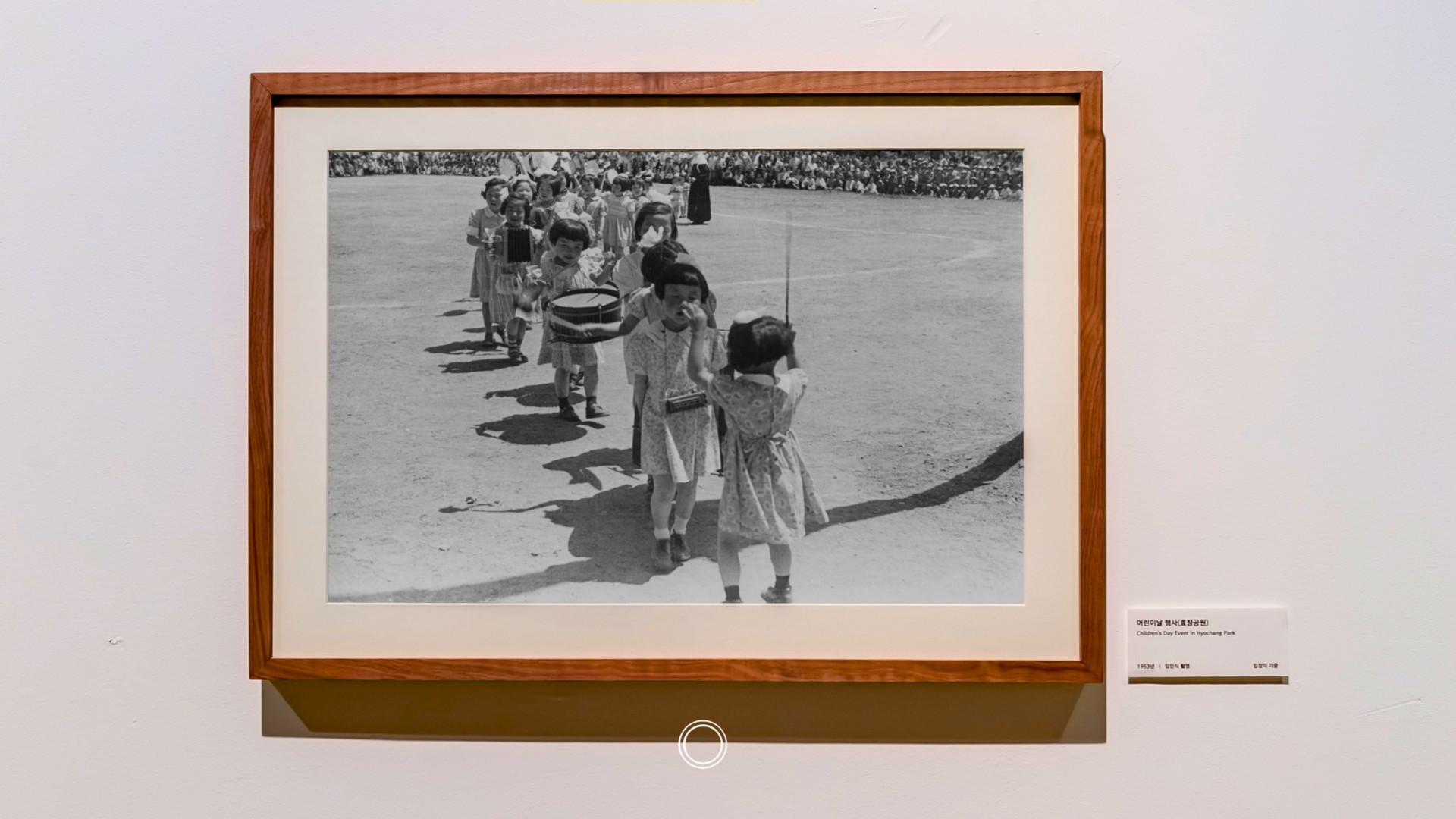
While Lim In Sik captured school life with a documentary eye, Jeong Beom Tae's (정범태, 1928-2019) images delve into more haunting contrasts. His photographs reveal stark contrasts, from children smiling at the camera and wandering in the streets to a child tied with a chain, reflecting a harsher perspective of what it meant to be a child in times of war.
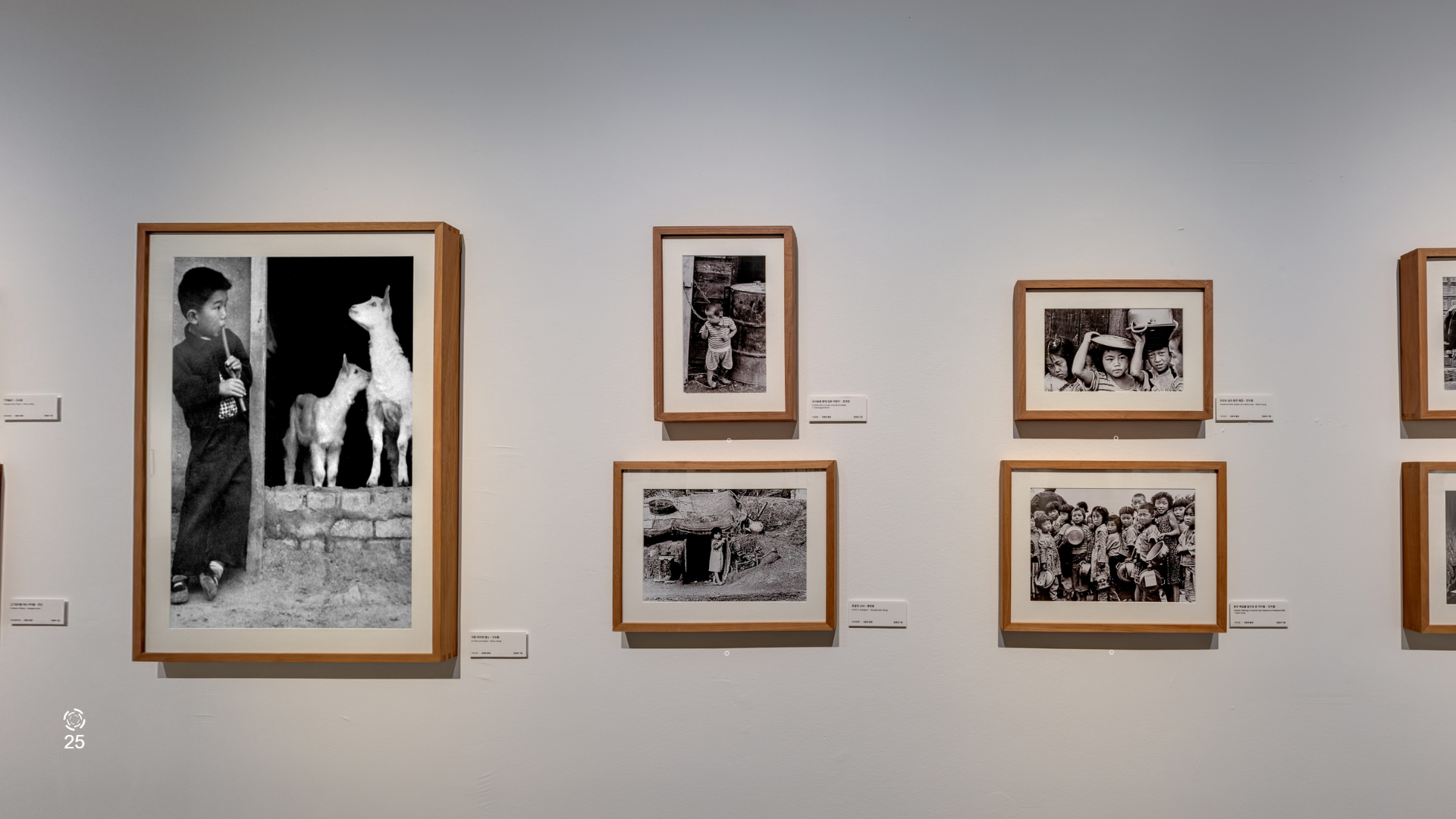
The third space displays photographs taken by Hwang Heon Man (황헌만, 1948–2022) while working for the JoongAng Ilbo newspaper. His lens offers a perspective on childhood full of contrasts, raw, and heartbreaking. He captured moments of children smiling and playing in the streets or among livestock, but also moments of children living in less urbanized suburbs, portraying the tough moments that forged childhood resilience.
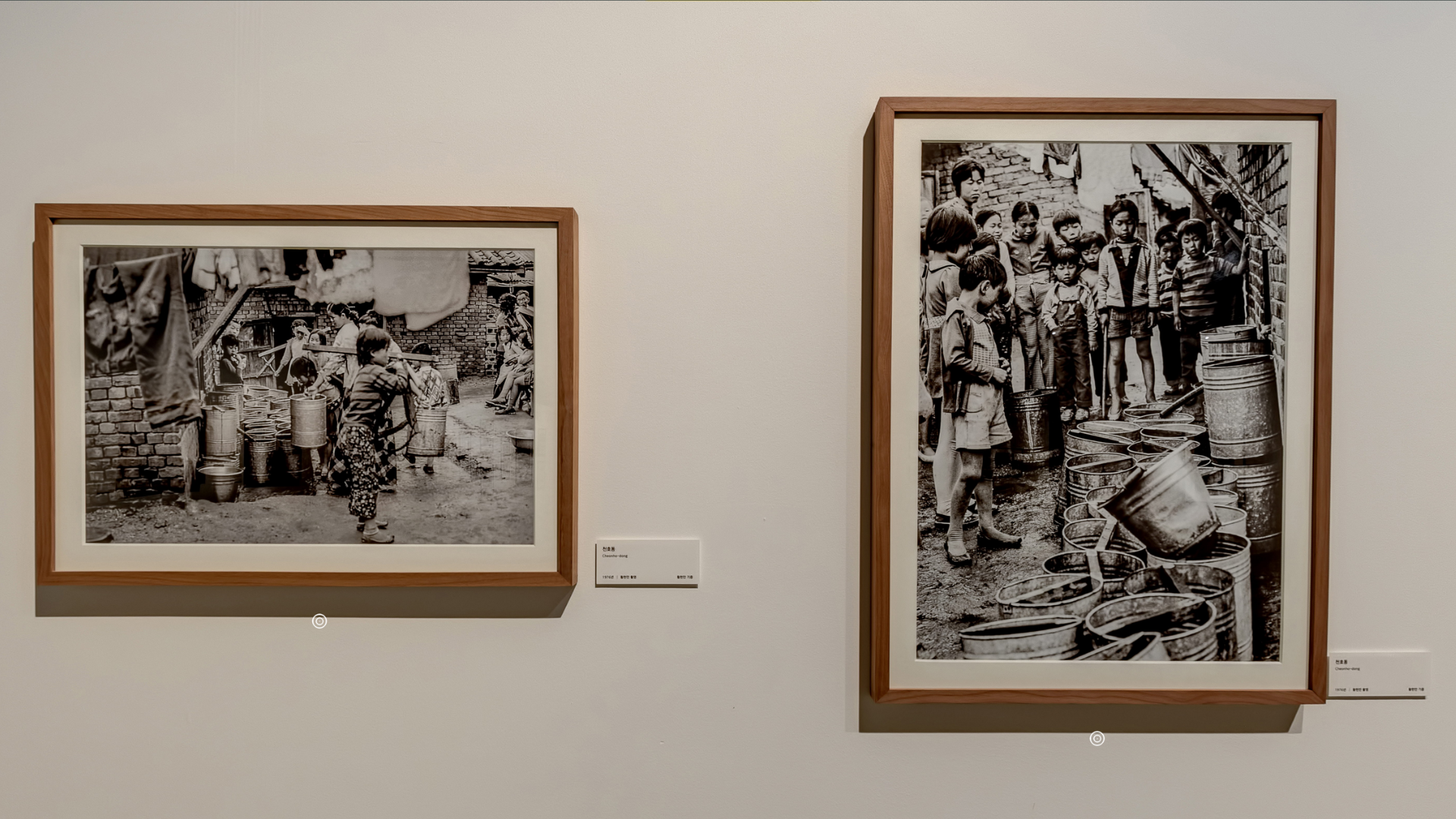
Next, viewers encounter the work of the photographer Hong Soon Tae (홍순태, 1934–2016), who was also a teacher at Shingu Technical School at that time. His photographs focused on capturing the precarious lifestyles of people living in Changsin-dong and how children and their families navigated a rapidly urbanizing environment after the war.
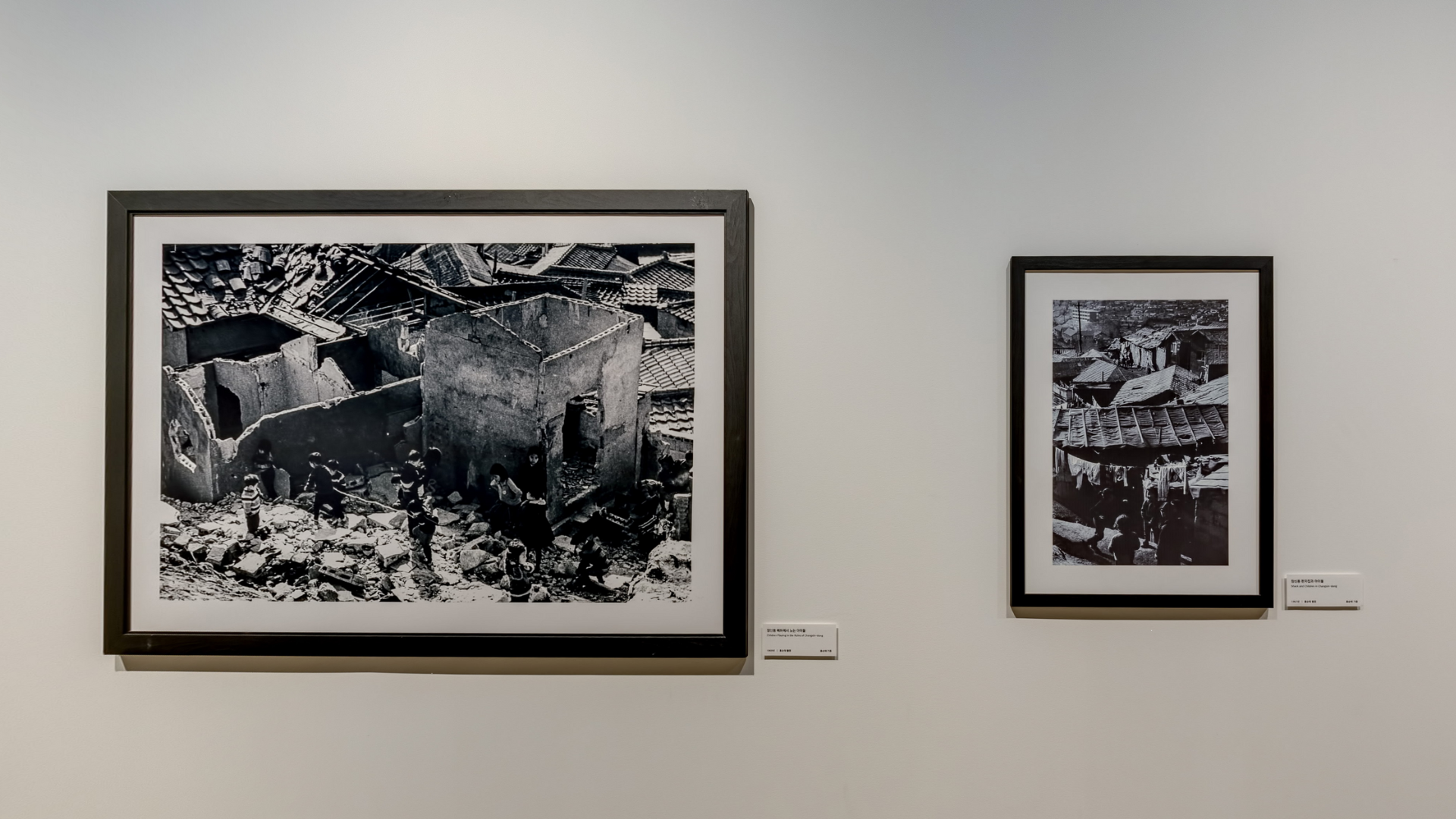
Moving forward, the last gallery showcases photographs taken by Han Yeong Soo (한영수, 1933–1999), an advertising photographer whose work focused on capturing images of the city and its inhabitants, especially women and girls. His images show a more optimistic perspective, with children laughing while playing and engaging in other activities that distracted them from their chaotic surroundings.
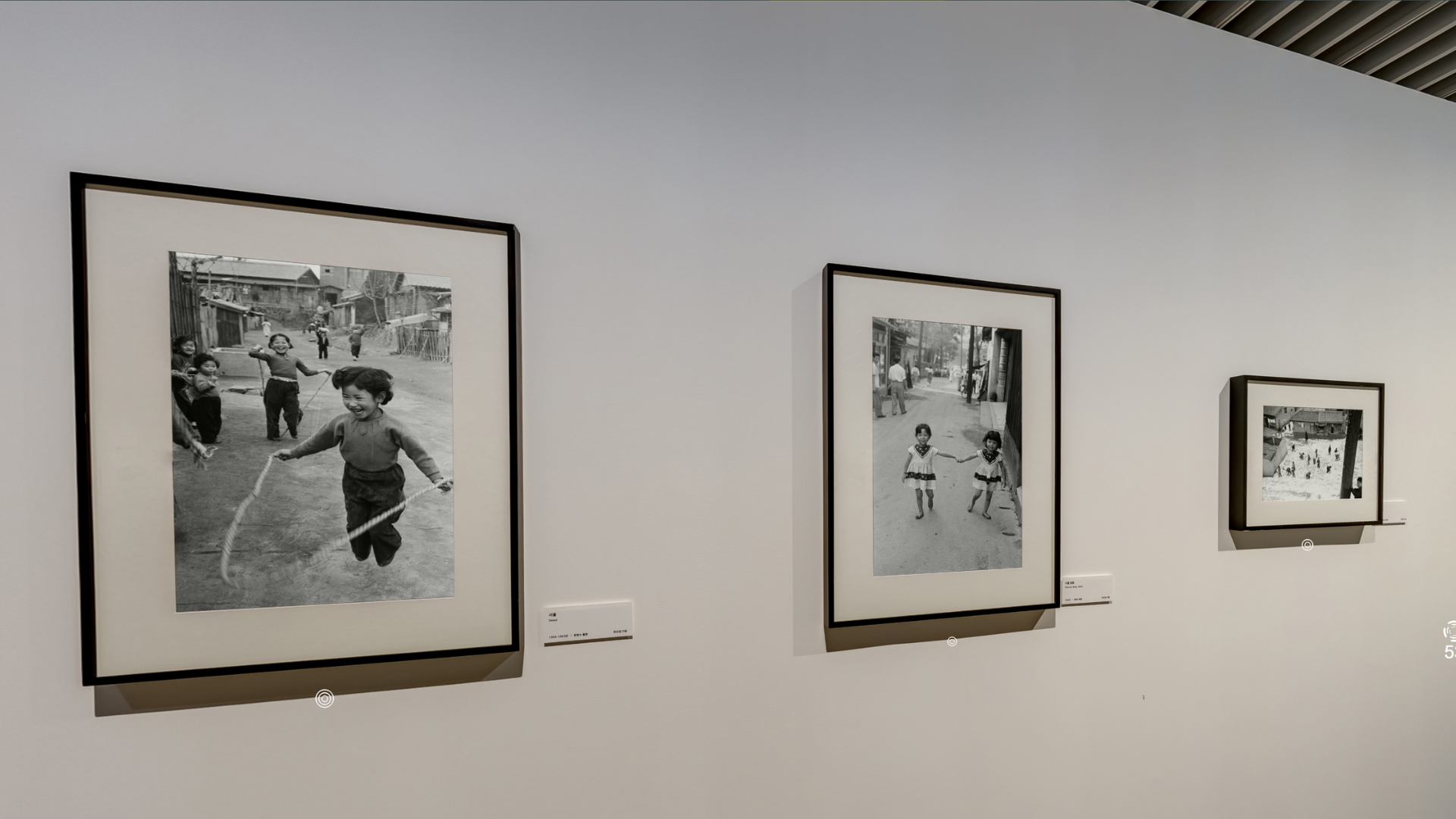
Usually, when we talk about the war and its postwar period, we only expect ruins and desolation, so the exhibition surprised me by portraying the environment from different angles, and especially how it was experienced by those who did not actively participate in it, but who at the same time were the ones who suffered the consequences the most: the children.
I believe this look back not only documents the historical context, but also the spirit of a generation that, despite adversity, found a way to continue living their childhood. Now, 72 years after the ceasefire, these photographs remind us not only of the armistice as a political and military event, but also as a more humanistic event that put an end to the direct suffering of millions of children and families.
How about this article?
- Like5
- Support0
- Amazing0
- Sad0
- Curious0
- Insightful0


